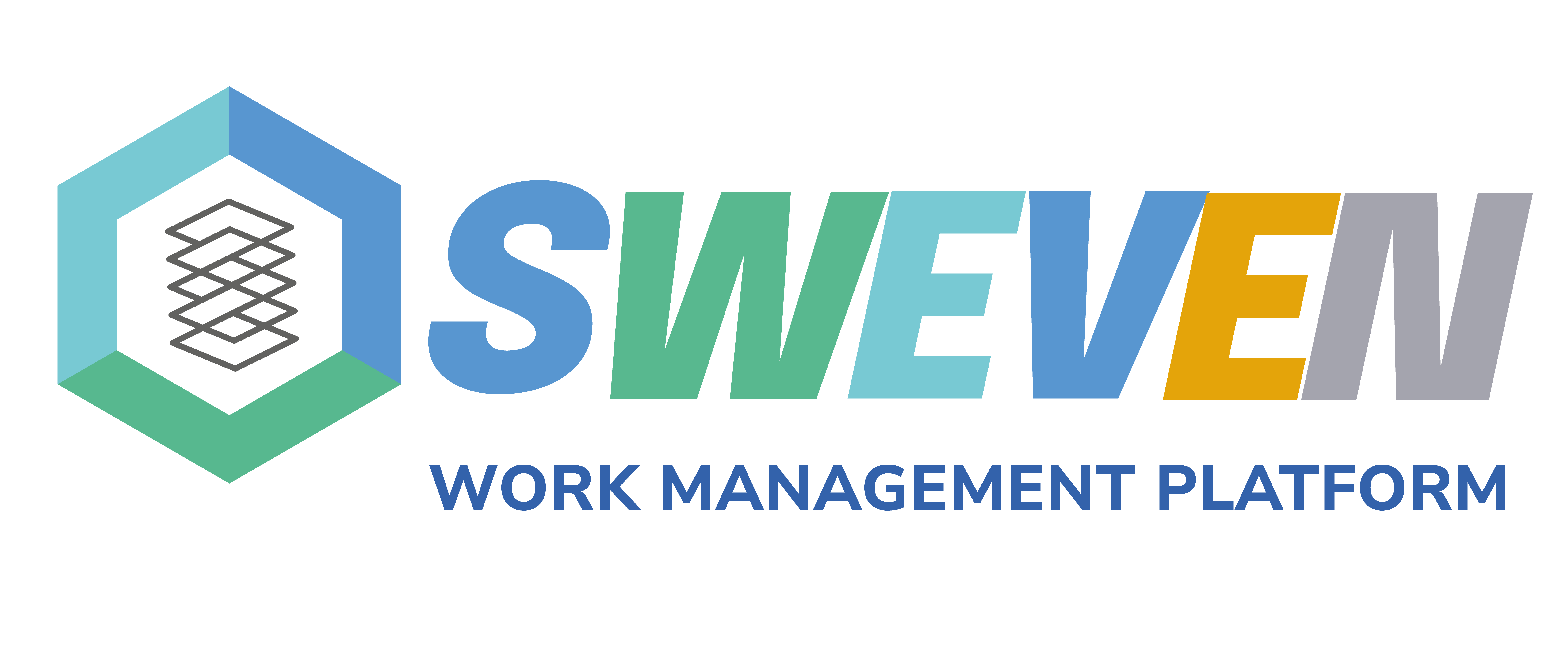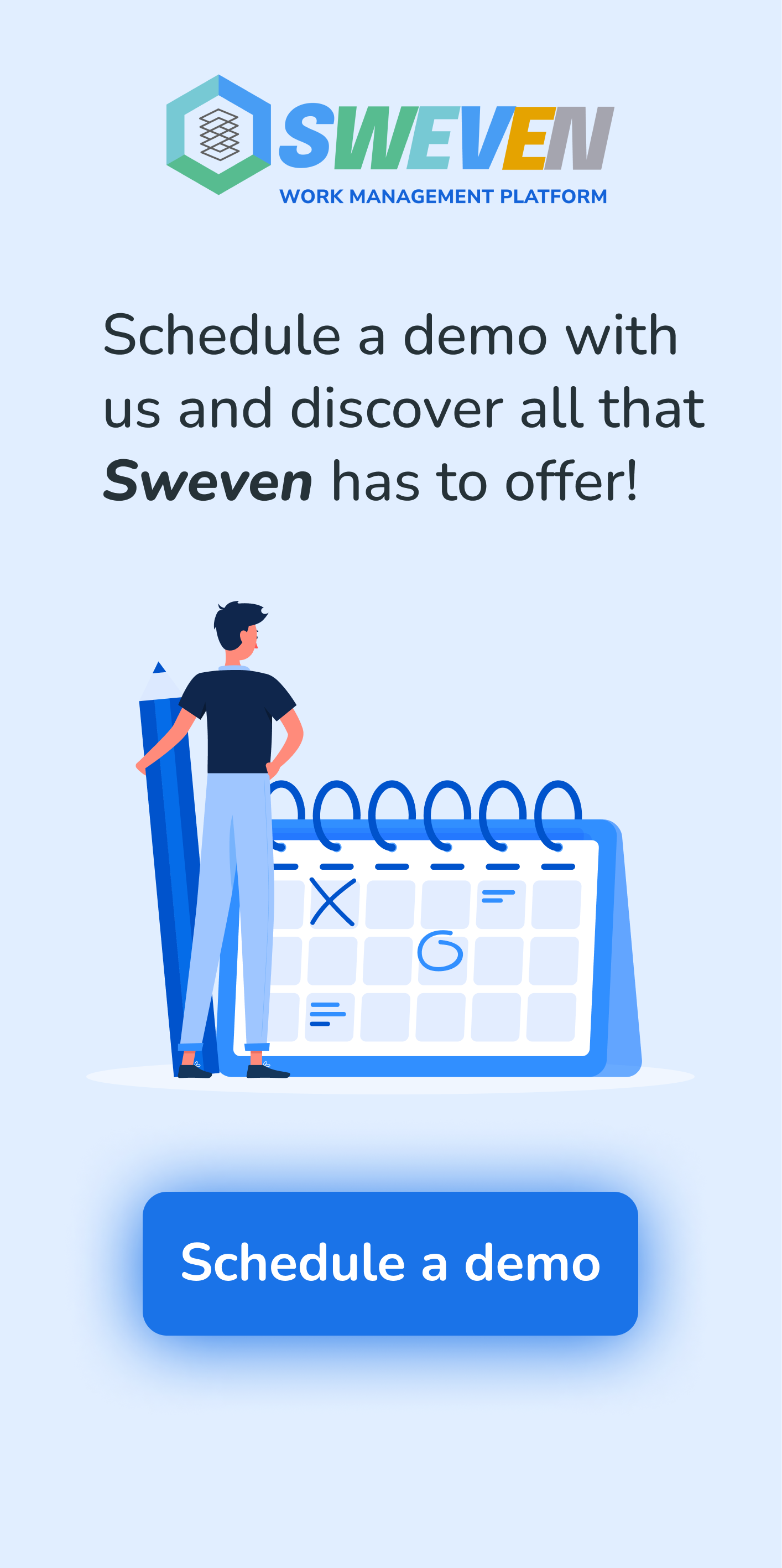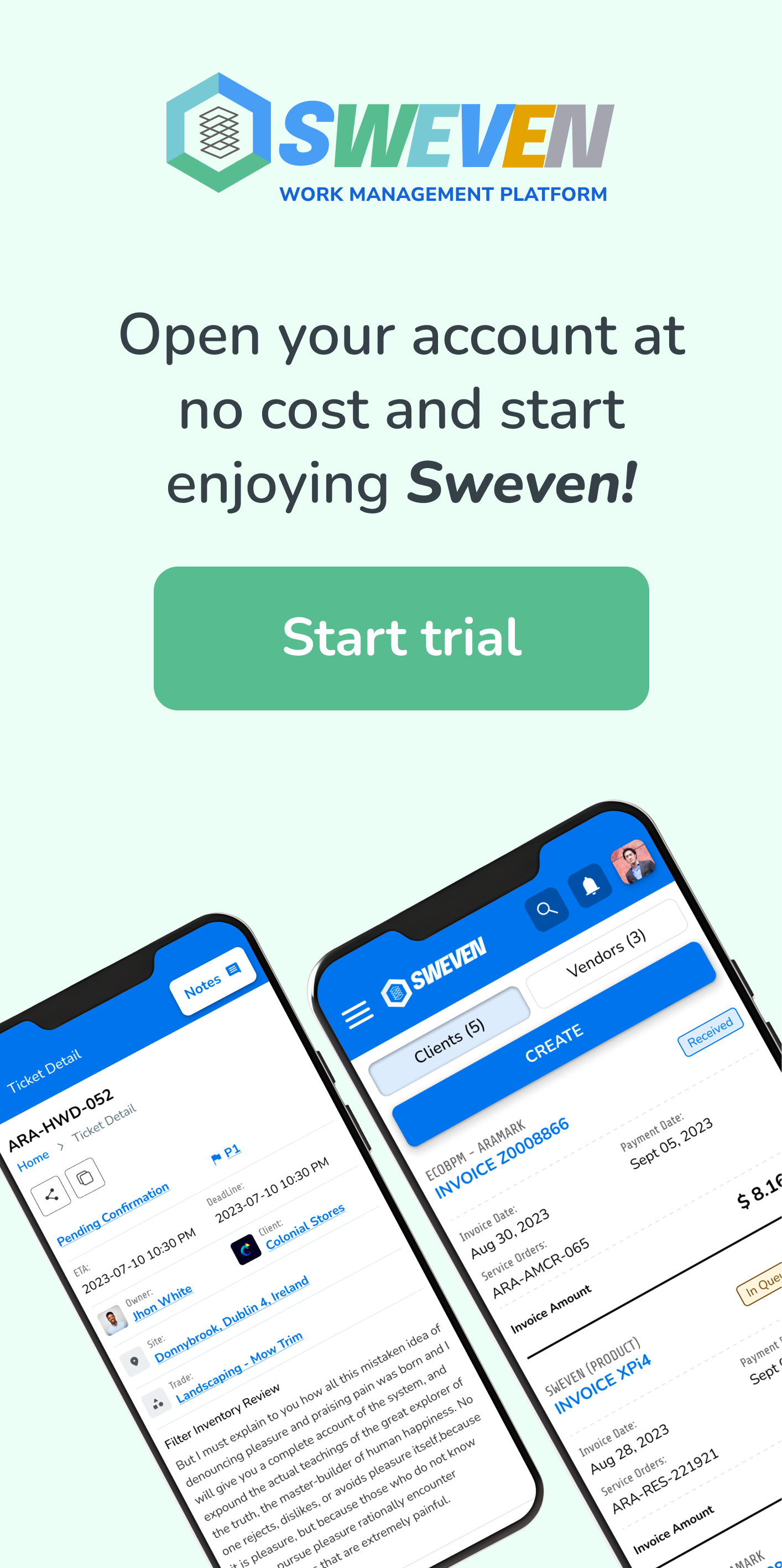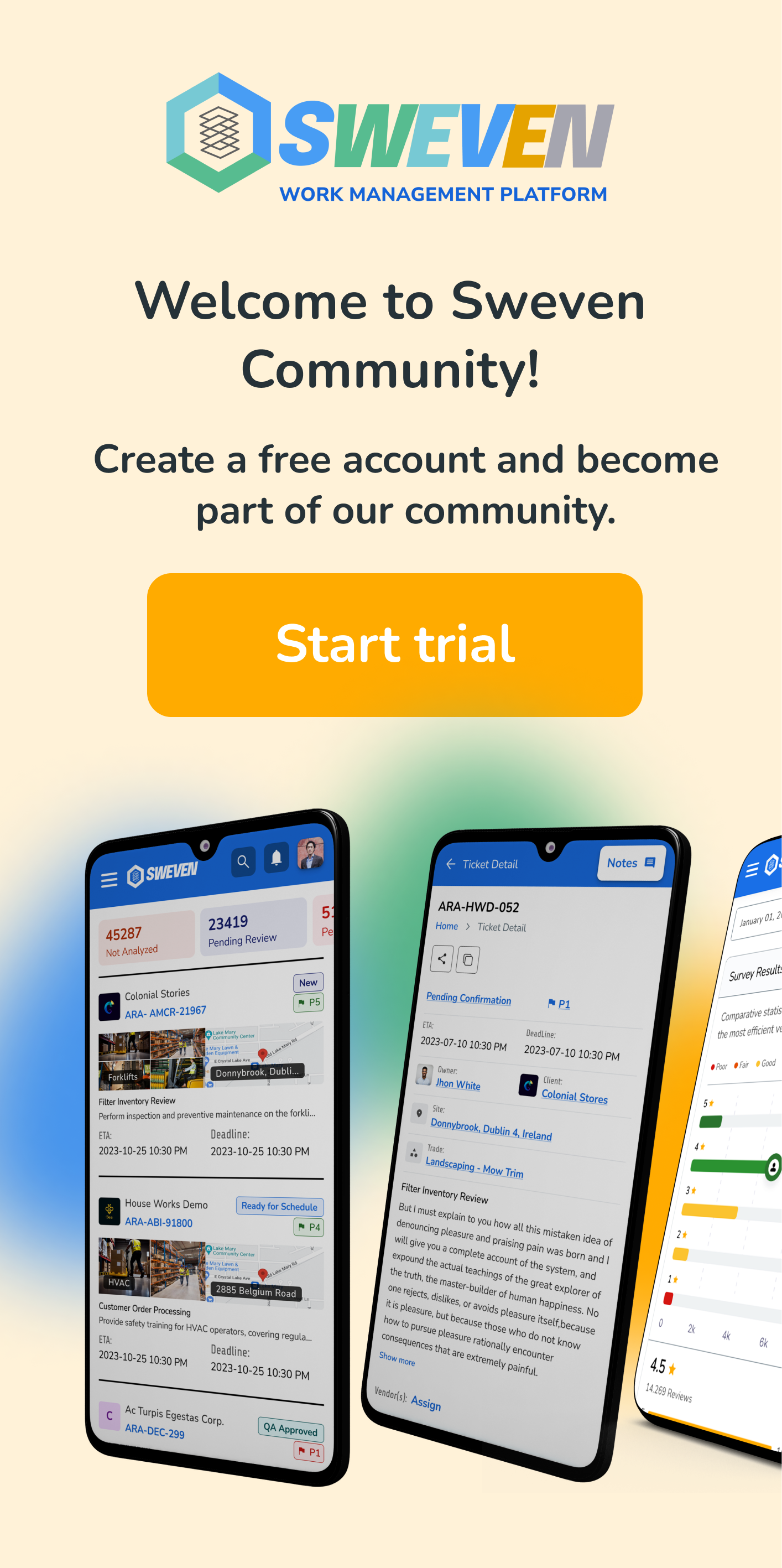In today’s fast-paced market, lead time—the duration between the initiation of a process and its completion—is a critical factor in maintaining client satisfaction. Long lead times can lead to frustrated clients, lost business opportunities, and reputational damage. On the other hand, reducing lead time can enhance operational efficiency, improve client relationships, and provide a competitive edge.

This article explores actionable strategies to minimize lead times, their impact on client satisfaction, and how Sweven BPM can help streamline processes to deliver faster and better outcomes.
Why Reducing Lead Time Matters
- Improves Client Satisfaction
Timely delivery of products or services builds trust and ensures a positive client experience. - Enhances Operational Efficiency
Shorter lead times reduce bottlenecks, optimize resource utilization, and lower operational costs. - Increases Competitiveness
Businesses that consistently meet or exceed client deadlines stand out in the market. - Boosts Revenue
Faster turnaround times allow companies to serve more clients, increasing revenue potential.
Strategies to Reduce Lead Time
1. Streamline Processes
Action: Analyze and optimize each step of your operational processes to identify inefficiencies and redundancies.
- Example: Use workflow automation tools to eliminate manual approvals or paperwork delays.
Why It Works: Streamlined processes ensure smoother transitions between steps, reducing delays.
2. Leverage Automation
Action: Implement technology to automate repetitive tasks such as data entry, order processing, and reporting.
- Example: A manufacturing company automates inventory management to reduce delays caused by stock shortages.
Why It Works: Automation eliminates human errors and accelerates time-consuming tasks.
3. Enhance Communication
Action: Use real-time communication tools to improve coordination between teams, vendors, and clients.
- Example: Shared dashboards provide instant updates on project status, minimizing back-and-forth emails.

Why It Works: Transparent communication ensures that all stakeholders are on the same page, preventing misunderstandings and delays.
4. Optimize Supply Chain Management
Action: Evaluate and strengthen your supply chain by working with reliable vendors and maintaining buffer stock for critical items.
- Example: A retailer partners with multiple suppliers to prevent disruptions in product availability.
Why It Works: A robust supply chain minimizes risks of material shortages or shipping delays.
5. Conduct Regular Performance Reviews
Action: Monitor and evaluate team and vendor performance to identify areas for improvement.
- Example: Use KPIs like on-time delivery rates and order accuracy to assess efficiency.
Why It Works: Regular reviews enable you to address recurring issues proactively and implement corrective measures.
6. Adopt Agile Methodologies
Action: Break projects into smaller, manageable tasks with shorter completion cycles.
- Example: An IT firm delivers incremental updates to clients instead of waiting for the entire project to be completed.
Why It Works: Agile methodologies ensure faster deliverables and allow for quick adjustments based on client feedback.
7. Invest in Employee Training
Action: Train your team on best practices, new technologies, and efficient workflows.
- Example: A logistics company trains its staff on advanced routing software to optimize delivery schedules.
Why It Works: Skilled employees perform tasks faster and with greater accuracy, reducing lead time.
Impact of Reduced Lead Time on Client Satisfaction
- Builds Trust and Loyalty
Clients are more likely to return when they know they can rely on your timely delivery. - Increases Referrals
Satisfied clients often recommend your services to others, expanding your client base. - Enhances Brand Reputation
Consistently meeting deadlines positions your business as reliable and professional in the industry.
How Sweven BPM Helps Reduce Lead Time
Sweven BPM is a cutting-edge platform designed to optimize business processes and eliminate inefficiencies, helping you reduce lead times and exceed client expectations.
1. Process Automation
Sweven BPM automates repetitive tasks such as approvals, scheduling, and reporting. This ensures faster task completion and eliminates delays caused by human error.
2. Real-Time Monitoring and Alerts
The platform provides real-time visibility into workflows, allowing you to monitor progress and identify bottlenecks instantly. Automated alerts notify stakeholders of pending tasks, ensuring timely action.
3. Collaborative Tools
Sweven BPM enables seamless communication between teams, vendors, and clients through shared dashboards and integrated messaging features. This transparency minimizes miscommunications and accelerates decision-making.
4. Predictive Analytics for Planning
With built-in predictive analytics, Sweven BPM forecasts potential delays in supply chains, workloads, or project timelines, enabling you to take proactive measures.
5. Customizable Workflows
Sweven BPM allows you to design workflows tailored to your specific needs. This flexibility ensures that every process is optimized for maximum efficiency.
6. Comprehensive Reporting
The platform generates detailed reports on lead time performance, helping you identify trends and implement continuous improvements.

Conclusion
Reducing lead time is essential for boosting client satisfaction and maintaining a competitive edge. By streamlining processes, leveraging automation, and fostering effective communication, businesses can minimize delays and deliver exceptional service.
Sweven BPM provides the tools and capabilities to achieve these goals effortlessly. Its automation, real-time monitoring, and predictive analytics features enable businesses to optimize operations, reduce lead times, and build lasting client relationships.
























